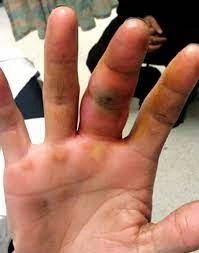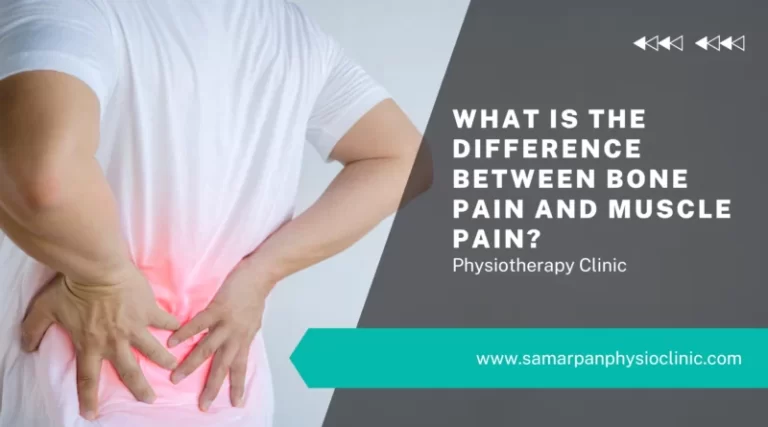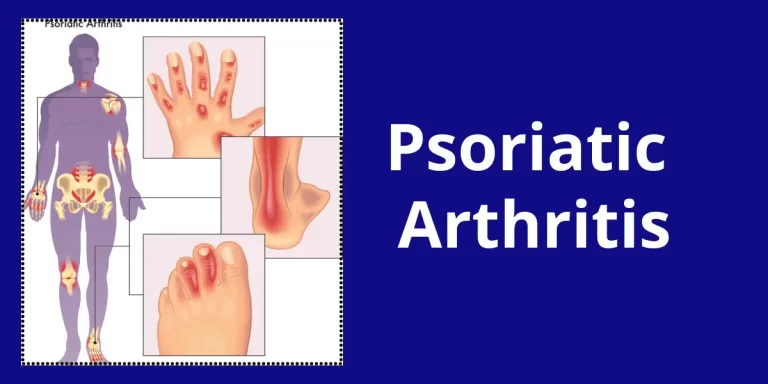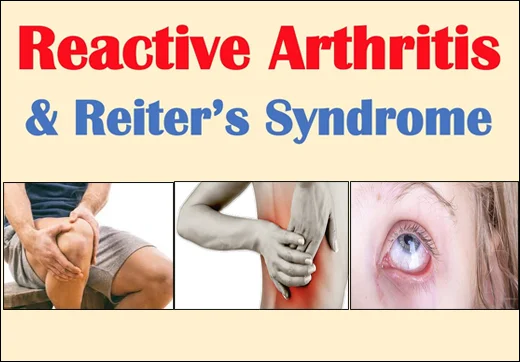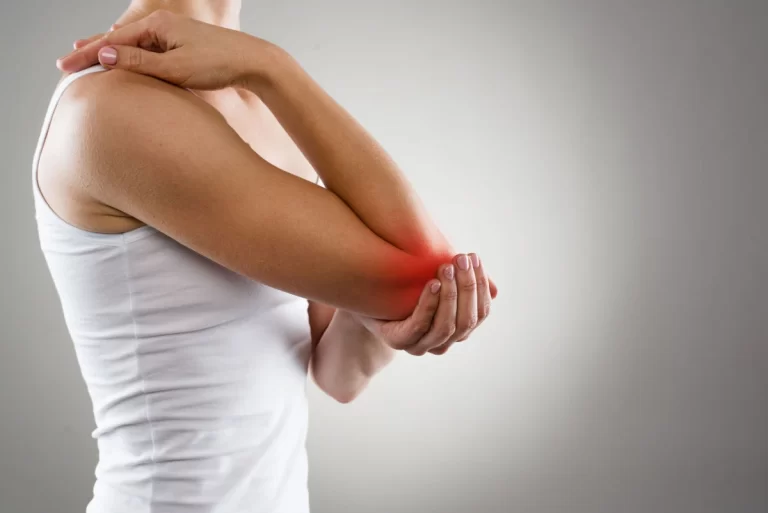Camptodactyly
Introduction Camptodactyly is a congenital condition characterized by the permanent flexion of one or more fingers, most commonly the little finger. It results from abnormalities in tendons, ligaments, or muscles and may vary in severity. The condition can be hereditary or occur sporadically. Treatment options include stretching, splinting, and, in severe cases, surgery. Camptodactyly is…


